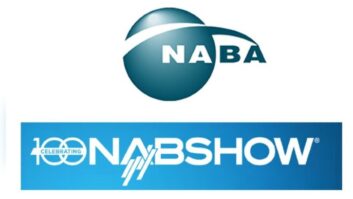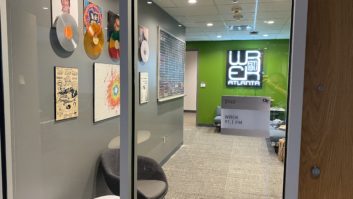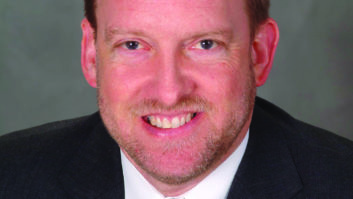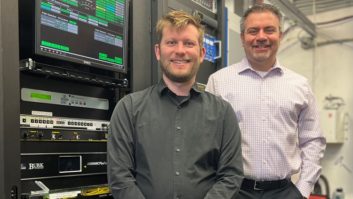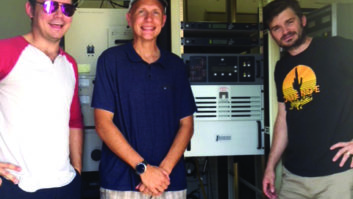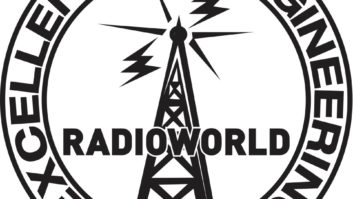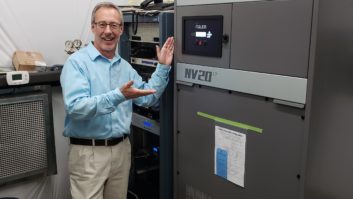HD Radio has arrived. But has it come in with a bang or a whimper? We know that more than 1,300 radio stations are broadcasting the new format, but taken by itself, that raw number doesn’t tell us much. What’s the “word on the street?” Is there genuine excitement about this new method of broadcasting, or simply resignation at the inevitability of having to follow the leaders as they convert to digital broadcasting? To find out, we asked equipment manufacturers to give us their impressions of the rollout, feedback from their customers and finally, their predictions for the future of HD Radio.
As might be expected, and as has been reported in Radio World, major market stations and groups have been converting much quicker than their counterparts in smaller markets. But that is changing, according to Ernie Belanger, sales and marketing manager for Armstrong Transmitter. Belanger reports increased interest in HD Radio, but with a caveat.
“We’ve had a dramatic increase in questions regarding equipment compatibility — from the occasional question a year ago, to something over 50 percent today. Our typical client is the medium- to small-market independent broadcaster, and the main issue for these buyers right now is ‘Will the transmitter I purchase today allow me to convert to HD when I start to see receiver penetration in my market?’”
The answer, according to Belanger, is an unqualified yes. He says, “All of our transmitters, both AM and FM, are compatible. There is really no magic to the IBOC transmission standard, and any well designed transmitter can support analog or digital transmission equally well, assuming the right exciter is used.” As for the ultimate decision to convert, Belanger says, “Some of our customers are anxious to convert; others are not certain about the benefits; but for all of them, it has become a question of ‘when’ not ‘if.’”
With regard to HD penetration taking off in smaller markets, Hal Kneller, senior manager, Business Development, Digital Radio, for Harris Corp., has a slightly different take.
“Sales are still being driven by the major groups in the big markets,” says Kneller. “It’s true that some of the big players are essentially done — CBS comes to mind — but at the same time, the groups with hundreds of stations, like Clear Channel and Cumulus, are so big that the conversion process has been budgeted as a multiyear project.”
Kneller also explained that Harris is doing what it can to assist broadcasters in smaller markets. “We conduct periodic HD seminars for technical types in medium and smaller markets at our Quincy, Ill., facility,” he said, “that give the engineer who often works alone in those markets the training to be comfortable once his or her owner decides to pull the trigger and convert.”
With regard to the recent FCC decision to remove IBOC restrictions on AM, Kneller says the effect of that decision is uncertain for now. “Our tracking has remained fairly constant at about 5-to-1 in favor of FM station conversions. We attribute that to the multicasting potential on the FM stream, which is not supported on the AM band.”
Finally, Kneller says Harris is fully ramped up to support the IBOC transition and is constantly reviewing equipment features to address broadcaster’s needs. “As it stands now, we believe changes to IBOC equipment will be evolutionary as opposed to revolutionary. For example, Ibiquity recently released some of its source code to manufacturers to support digital and analog audio-stream splitting. This will work its way into STL design and will ultimately create spectrum and equipment efficiencies not available today.”
Jay Martin, vice president of sales at Dielectric Communications says customers are exploring all of the options for combining their current analog signals with the IBOC signal.
“When a station has a complete standby transmission system, we’ve seen a fair number of cases where the broadcaster simply installs a digital exciter in the standby transmitter, tunes everything up and signs on as an IBOC station. It’s essentially an overnight conversion.” In other cases, though, Martin says the conversion requires more planning. “The options run from low-level combining, to two complete antenna systems, or a dual input, or interleaved antenna.”
As for how Dielectric’s customers view the need to convert, Martin says that, too, runs the gamut of responses. “No question, some broadcasters are converting because they see it as a necessary part of staying competitive. Others, though, definitely want to make a statement by being the first in their market to be ‘all-digital.’”
Jerry Brown, president of LBA Technology provided some input about IBOC acceptance among AM broadcasters.
“We, frankly, have not seen the up-tick in business we had expected when the FCC authorized nighttime IBOC for AM stations,” Brown said. He added, “We do expect business to increase, but probably not until station owners have their consulting engineers make recommendations as to what changes are required.”
He finished with the comment that, “AM directionals are inherently more complex to engineer for IBOC than FM systems, so AM operators seem to be taking a ‘wait and see’ approach. The initial inquiries we have had are mainly from owners wanting to ‘gut check’ their ROI calculations to see if the investment makes sense.”
The demand and interest extends beyond the apparent need for new or additional RF equipment. Like Hal Kneller, Chris Shute, vice president of Broadcasters General Store sees the opportunity for multicasting by FM stations as a prime factor driving equipment purchases across the board.
“We are absolutely getting requests for quotes for all types of audio equipment,” says Shute. “Multicasting represents an additional revenue stream for broadcasters, and of all the benefits of IBOC, that seems to be the one that has our customers excited. We are also seeing more interest in what used to be considered ‘exotic’ RF equipment, such as cavity combiners and elaborate RF switching equipment.”
On the subject of market sizes, Shute said, “There is no question in our minds that IBOC implementation is trickling down to smaller markets. Whether that is being driven by major group purchases, or just a general attitude of ‘getting on the train before it leaves the station,’ is hard to say; but the demand is definitely growing.”
From these comments, as well as others gathered for this report, some generalized conclusions can be reached. First, IBOC is overwhelmingly an FM technology for now. AM broadcasters are signing up, but without the immediate benefit of multicasting, at a much slower rate. Second, FM broadcasters are generally excited about the potential for additional revenue streams made possible by the multicasting aspect of the technology. Third, although the implementation of IBOC started with the big guys in the big markets, those same groups are converting more and more clusters in medium and smaller markets. That impetus will ultimately encourage even small market independent owners to eventually join the party. Stay tuned.





